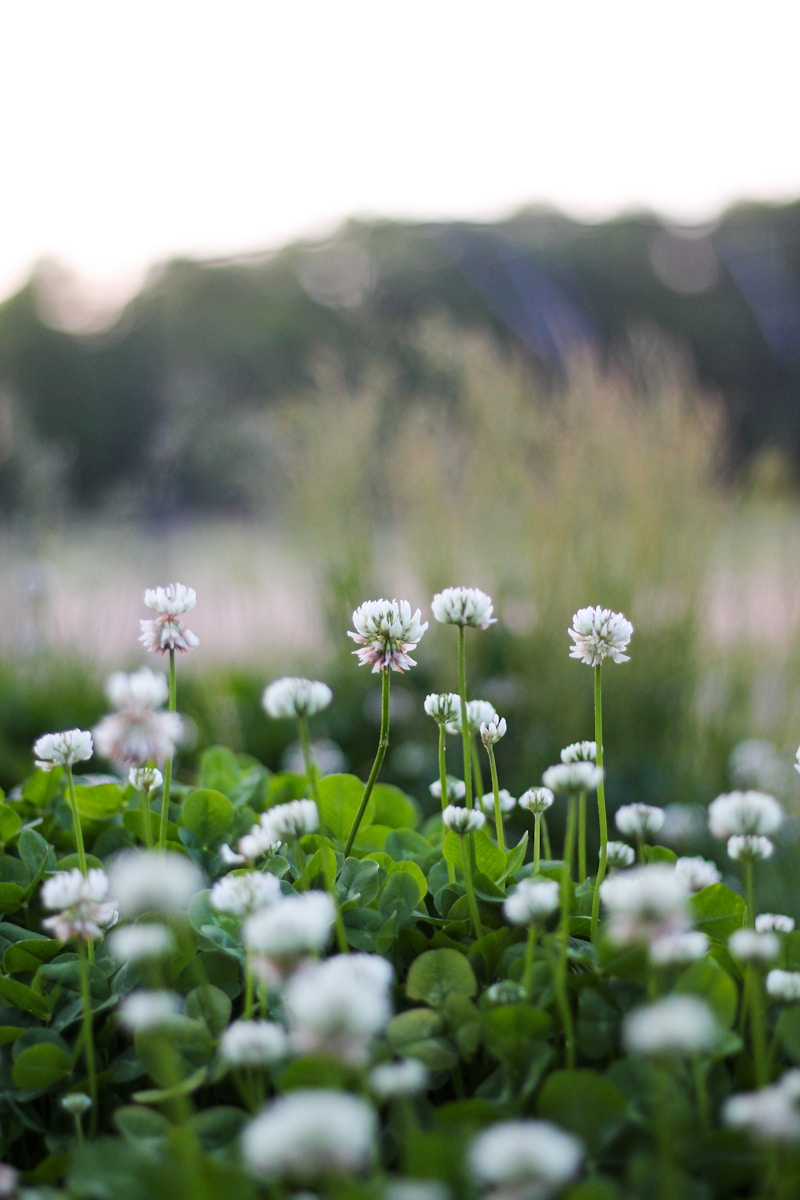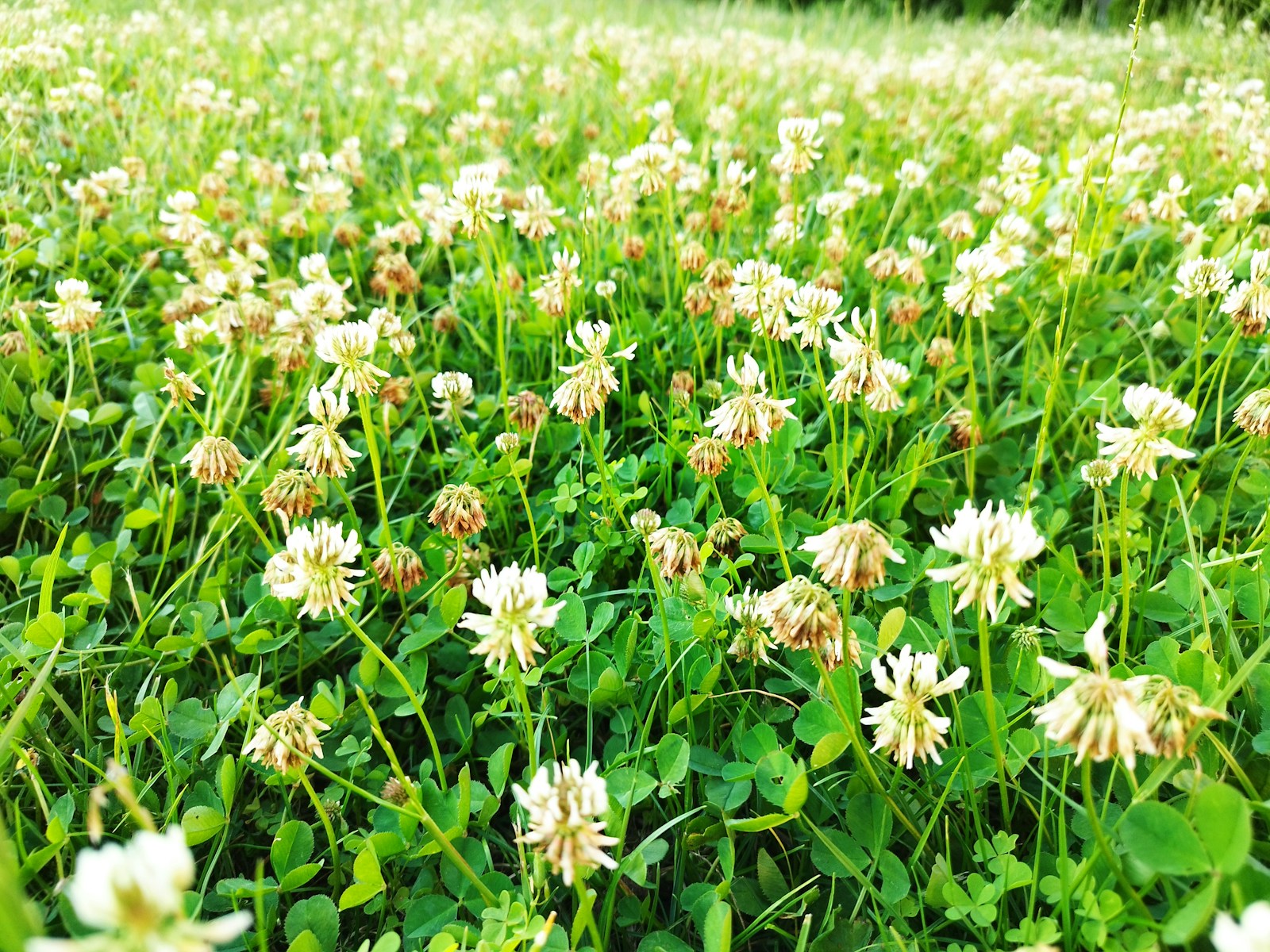Watering your lawn effectively is one of the most crucial aspects of maintaining a lush, green yard while also boosting your home’s curb appeal and overall value. Whether you’re preparing to sell your home or simply want to enhance your outdoor space, understanding the science behind proper lawn watering techniques can make a significant difference. In this guide, we’ll break down the best methods, common mistakes, and expert tips to ensure your lawn stays healthy and vibrant year-round.
Why Proper Lawn Watering Matters
Watering your lawn correctly isn’t just about aesthetics; it directly affects your home’s value. A well-maintained lawn can increase property value by up to 15%, according to the National Association of Realtors. Beyond financial benefits, proper watering promotes:
- Strong root development
- Disease prevention
- Weed control
- Water conservation
How to Water Your Lawn Effectively
1. Know Your Grass Type
Different grass species have unique water requirements. Understanding your lawn’s specific needs ensures you’re not over- or under-watering. Common grass types and their needs include:
| Grass Type | Water Requirement | Region |
|---|---|---|
| Kentucky Bluegrass | 1-1.5 inches per week | Northern US |
| Bermuda Grass | 1 inch per week | Southern US |
| Fescue Grass | 1-1.5 inches per week | Transition zone |
| St. Augustine | 1-1.5 inches per week | Coastal regions |
2. Water Deeply and Infrequently
Deep watering encourages roots to grow deeper into the soil, making your lawn more drought-resistant. Experts recommend watering:
- 1-1.5 inches per week, split into 2-3 sessions.
- Use a tuna can test to measure water depth.
3. Best Time to Water Your Lawn
Early morning (between 4 AM and 9 AM) is the optimal time to water. Watering in the morning allows the grass to absorb moisture before the sun evaporates it, reducing waste and minimizing the risk of disease.
4. Adjust for Weather Conditions
Weather plays a significant role in watering schedules. During hot summers, lawns require more frequent watering, while cooler seasons call for less. Use weather-based irrigation controllers to automate adjustments.
Common Lawn Watering Mistakes to Avoid
- Overwatering: Leads to shallow roots, fungal growth, and higher water bills.
- Underwatering: Causes brown patches and weakened grass.
- Watering at the Wrong Time: Midday watering results in evaporation, while nighttime watering promotes disease.
- Uneven Coverage: Using sprinklers incorrectly can lead to dry spots.
Step-by-Step Guide to Watering Your Lawn
- Determine Your Lawn’s Water Needs
- Check Soil Moisture with a Screwdriver Test
- Set Up an Irrigation Schedule
- Choose the Right Irrigation System (e.g., sprinklers, drip irrigation)
- Monitor and Adjust as Needed
Choosing the Right Lawn Irrigation System
Several irrigation systems are available, each with its pros and cons:
| System Type | Pros | Cons |
| Sprinkler System | Covers large areas efficiently | Can lead to water waste |
| Drip Irrigation | Targets roots directly | Higher installation cost |
| Soaker Hoses | Cost-effective and simple | Limited coverage |
Environmental Considerations and Sustainability
Conserving water while keeping your lawn green is possible through:
- Using rain barrels to collect water
- Installing smart irrigation controllers
- Choosing drought-resistant grass varieties
- Practicing xeriscaping in arid regions like Arizona and Nevada
Real-Life Success Stories
- Phoenix, AZ: A homeowner reduced water usage by 30% with a smart irrigation system.
- Minneapolis, MN: Switching to native fescue grass cut watering needs in half.
Troubleshooting Lawn Watering Issues
- Problem: Grass turning yellow Solution: Check for overwatering and improve drainage.
- Problem: Puddles forming after watering Solution: Adjust sprinkler heads and watering duration.
- Problem: Patchy lawn growth Solution: Ensure even sprinkler coverage.
Final Thoughts
Mastering how to water your lawn effectively can enhance your home’s beauty, increase its value, and promote environmental sustainability. By following these expert tips, you’ll enjoy a lush, healthy lawn that stands out in any neighborhood.



